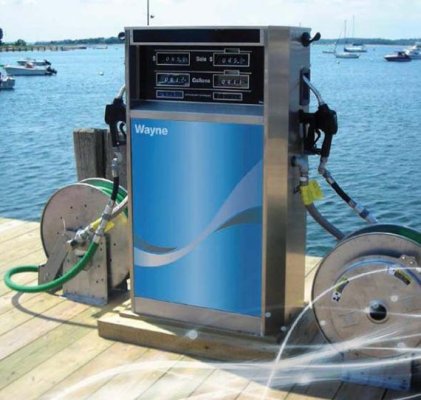The cost of fuel flow monitors for two engines, supply and return, has never been justifiable for me. I just stick the tanks occasionally.
But at home I've implemented a different system for my oil-fired boiler. Knowing the fuel consumption rate of the burner on the boiler, by monitoring how log it runs each day I can very closely estimate the fuel used.
Is something like that possible on a diesel? My NMEA bus already has RPMs for each engine. I'd just need a way to total that up over time, and apply a formula of fuel consumption per RPM.
But is this ratio reliable? In other words, is it safe to assume that I'll always be burning about the same amount of fuel at a give RPM?
But at home I've implemented a different system for my oil-fired boiler. Knowing the fuel consumption rate of the burner on the boiler, by monitoring how log it runs each day I can very closely estimate the fuel used.
Is something like that possible on a diesel? My NMEA bus already has RPMs for each engine. I'd just need a way to total that up over time, and apply a formula of fuel consumption per RPM.
But is this ratio reliable? In other words, is it safe to assume that I'll always be burning about the same amount of fuel at a give RPM?



